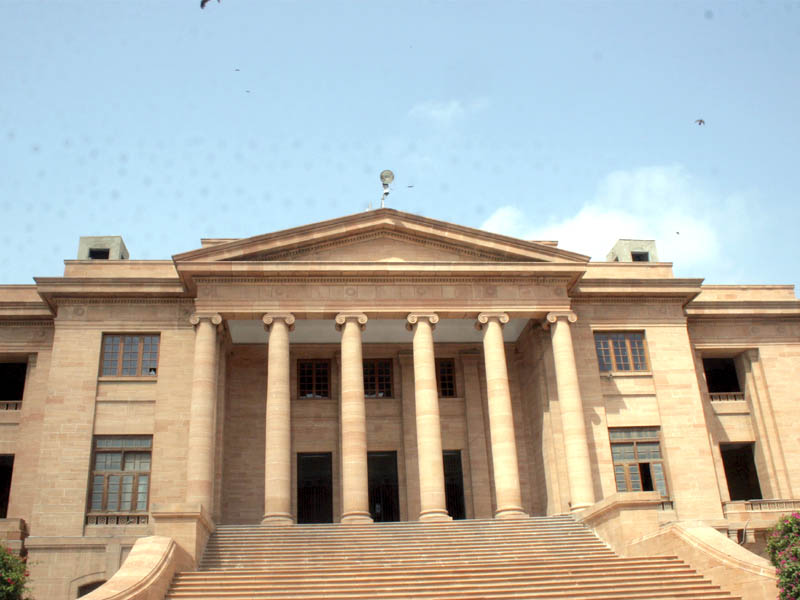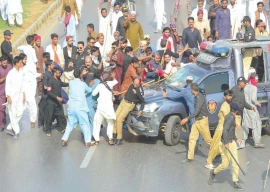
The Sindh High Court (SHC) stayed on Thursday the commencement of work on two nuclear power plants, K-II and K-III, as they have yet to obtain approval from the Environment Protection Agency (EPA).
The division bench, headed by the Chief Justice Maqbool Baqar, granted the temporary stay order on a petition filed by a group of four citizens - filmmaker Sharmeen Obaid Chinoy, physicist Dr Pervez Amirali Hoodbhoy, physicist Dr Abdul Hameed Nayyar and architect Arif Belgaumi. The petitioners cited the Pakistan Atomic Energy Commission, the Pakistan Nuclear Regulatory Authority, the federal and the provincial environmental protection agencies as respondents for failing to obtain the necessary environmental checks.
On Thursday, the bench issued notices to the respondents to file their comments by the next date of hearing. The deputy attorney general and the provincial advocate general were also told to file the comments of the authorities.

Capacity enhancement programme
The petitioners, who were represented by Advocates Abdul Sattar Pirzada and Ghulam Shabbir Shah, said the Pakistan Atomic Energy Commission has recently started preparing sites for the two large nuclear power plants, adjacent to the Karachi Nuclear Power Plant (Kanupp). The subsequent plans for two further nuclear power plants, namely K-IV and K-V, are also presently under consideration. According to the atomic energy commission, each power plant will produce approximately 1,100 megawatts of power, while Kanupp (also known as K-1) will be decommissioned and its fuel will remain within the K-1 premises.
Reactors
The lawyers said that the reactors have reportedly been designed and will be built by the China National Nuclear Corporation (CNNC) and will be based on a design known as ACP-1000. The petitioners pointed out that, even in China, there is no operating ACP-1000 reactor nor is one scheduled to be built.
Thus, the ACP-1000 reactor, so far exists only on paper or on computer. Any real-time experience, tests and trials that CNNC gets on the ACP-1000 design will be from operating the K-II and K-III reactors in Karachi, they added.
Environmental impact
Under Section 12 of the Pakistan Environmental Protection Act (Pepa), 1997, no proponent of a project shall commence construction or operation unless he has filed an initial environmental examination with the provincial EPA or, where the project is likely to cause adverse environmental effects, an environmental impact assessment and has obtained approval from the EPA. As per the rules, the Environmental Impact Assessment (EIA) is mandatory prior to the construction of a nuclear power plant.
The petitioners claimed that the EIA filed by the atomic energy commission with the Pakistan Environmental Protection Agency and the then provincial environmental protection agency was in gross violation of Section 12(3) of Pepa 1997. The review of the EIA was carried out without inviting public participation and the relevant information was kept secret from the public at large in a highly surreptitious manner, they claimed.
Published in The Express Tribune, October 17th, 2014.























COMMENTS
Comments are moderated and generally will be posted if they are on-topic and not abusive.
For more information, please see our Comments FAQ